Understanding every symbol on your Ford F-250’s dashboard is vital: the lights act as an early-warning system, alerting you to problems before they become dangerous or expensive. Knowing which colour demands an immediate stop, a prompt visit to a workshop, or merely informs you helps keep both you and your truck safe.
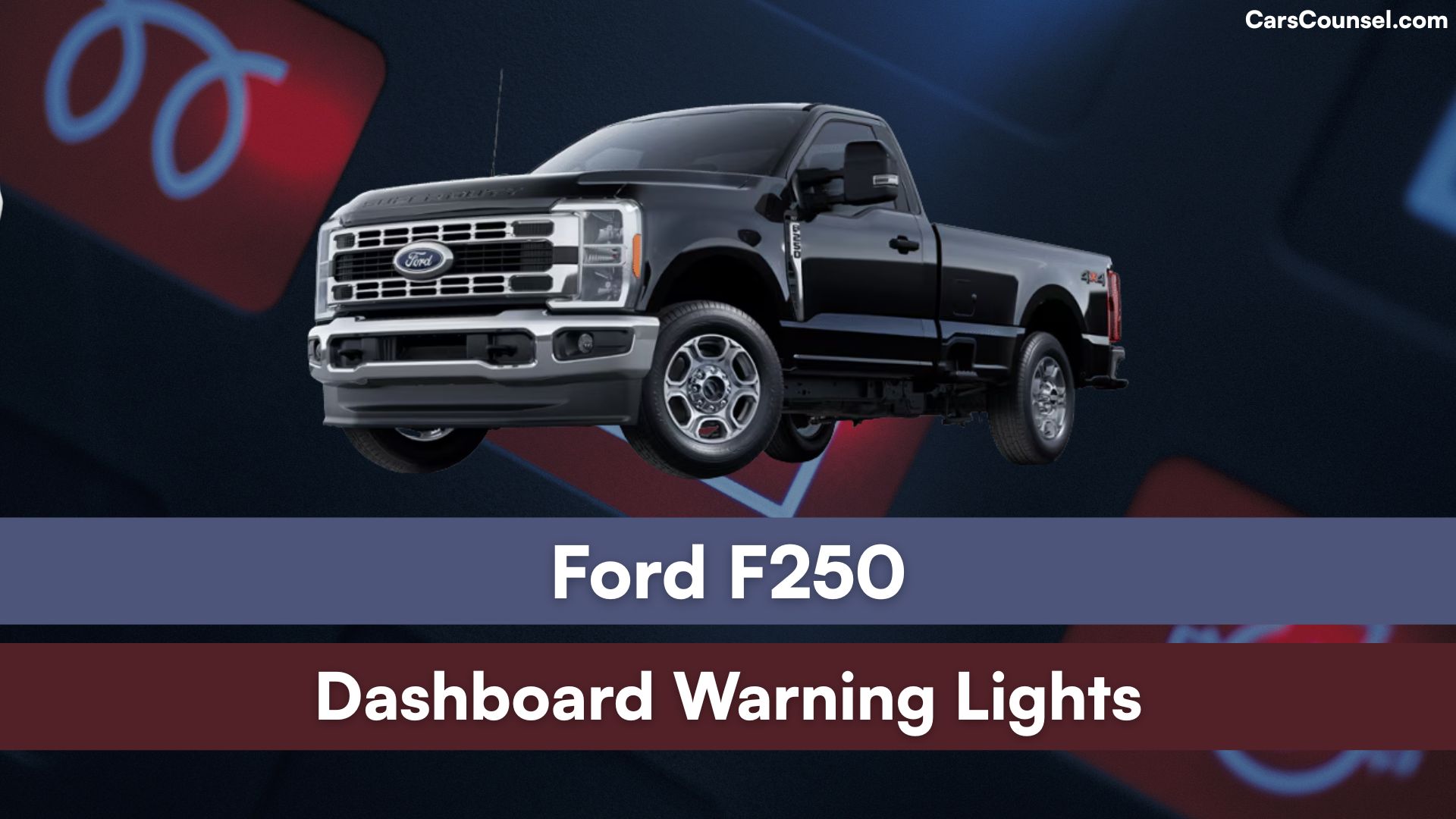
Quick Navigation
Red Lights — Stop Immediately
Engine Oil Pressure
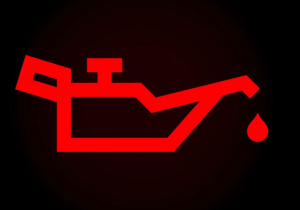
Oil flow has dropped or temperature spiked; pull over, shut off, check level, add oil or call for help.
Brake System
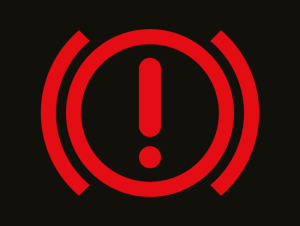
Hydraulic loss or parking brake on; stop safely, inspect fluid, seek professional repair.
Coolant Temperature
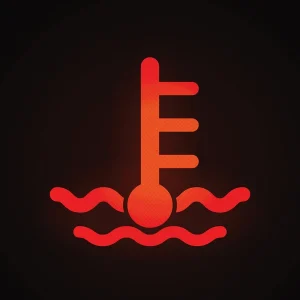
Engine overheating; pull over, let it cool, check coolant, do not drive until fixed.
Charging System
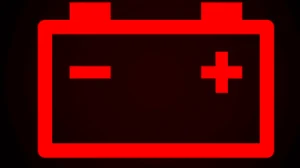
Alternator not charging the battery; switch off extras and reach a workshop or arrange towing.
Airbag Fault

Serious restraint system issue; avoid long trips and book repair right away.
Powertrain Malfunction
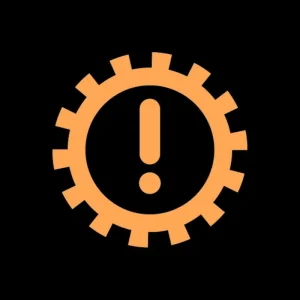
Major engine or gearbox fault; power may reduce—park, restart if safe, contact a dealer.
Diesel Particulate Filter Saturated
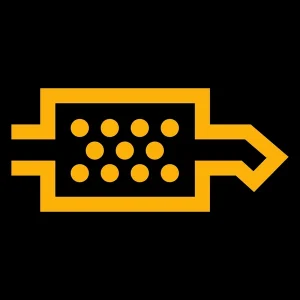
Filter near blockage; stop soon and follow regeneration guide or visit service.
Low Brake Fluid
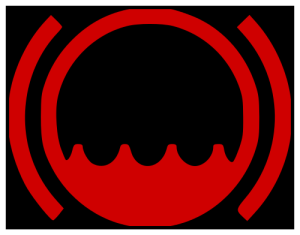
Reservoir level low; braking power at risk—add correct fluid or tow for repair.
Electric Power Steering Failure

Steering assist lost; effort rises sharply—pull over and arrange inspection.
Engine Overheat Shutdown

Critical temperature reached; engine may cut power—stop immediately and allow cooldown.
Collision Alert

System senses an imminent crash; brake firmly, then check sensors before driving on.
Trailer Brake Fault

Integrated trailer brakes not working; disconnect trailer or drive slowly to service.
Seatbelt Reminder

Belt unfastened while moving; stop and buckle up.
Door Ajar
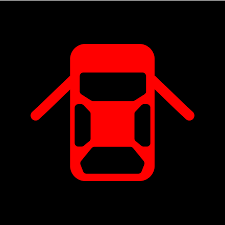
Door, hood, or tailgate open; pull over and close securely.
Parking Brake Engaged
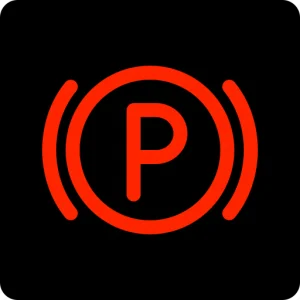
Vehicle moving with brake on; release fully to avoid damage.
Yellow / Amber Lights — Action Required Soon
Check Engine (MIL)
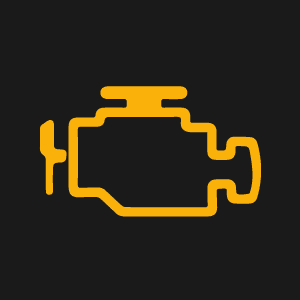
Engine or emission sensor issue; note how it drives and schedule diagnostics.
ABS
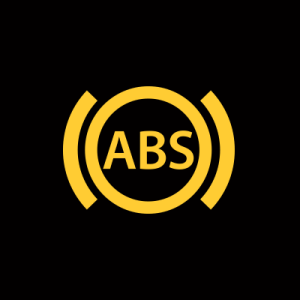
Anti-lock braking disabled; standard brakes work but no skid control—service soon.
Traction Control Off / ESP
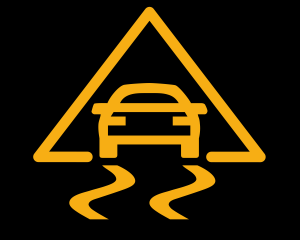
Stability aids off or faulty; drive carefully on slick roads and arrange repair.
Tyre Pressure Low
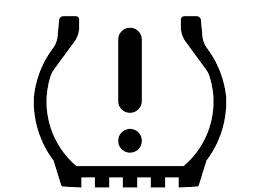
One or more tyres under-inflated; stop when safe, inflate, inspect for punctures.
Diesel Exhaust Fluid Low
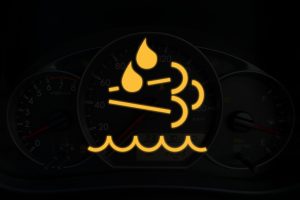
DEF nearing empty; refill to prevent speed limitation.
Glow Plug

Plugs heating for cold start or fault detected; wait for light to go out, see service if flashing.
Service Engine Soon
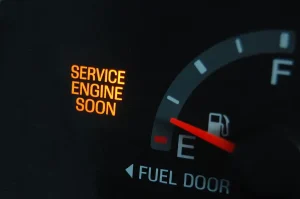
Non-urgent fault stored; plan a workshop visit before it worsens.
Transmission Overheat
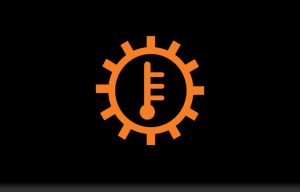
Fluid too hot; shift to neutral, idle, let cool, check load or towing weight.
Hill Descent Control Fault
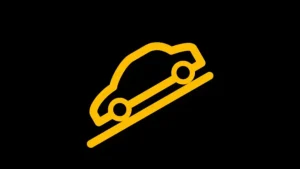
Feature unavailable; control downhill speed manually and book diagnosis.
Water in Fuel
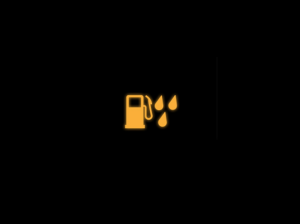
Moisture detected; drain separator promptly to protect injectors.
4WD System Fault
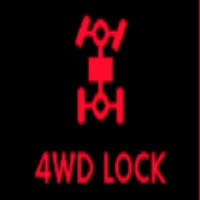
Transfer case or actuator issue; avoid demanding terrain until serviced.
Adaptive Cruise Sensor Blocked

Radar or camera obscured; clean dirt, ice, or snow to restore function.
Green Lights — Information Only
Turn Signal
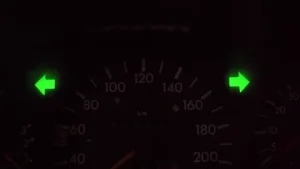
Indicator flashing for turn or lane change; cancel after manoeuvre.
Headlamps On

Low-beam lights active; remember to turn off when parked.
High Beam

Main beams engaged; dim for oncoming traffic.
Fog Lamps
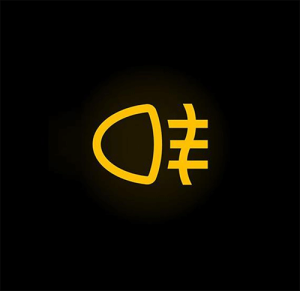
Front fog lights on; use only in poor visibility.
ECO Mode
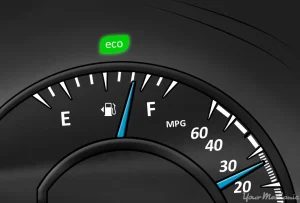
Fuel-saving strategy active; throttle response may feel softer.
Tow / Haul Mode
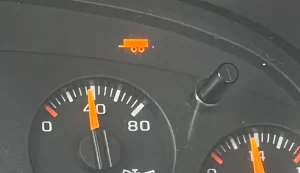
Shift logic tuned for heavy loads; turn off when not towing.
Lane Keeping Aid Active
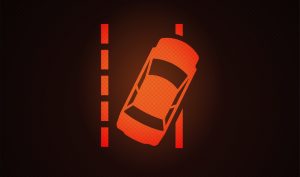
System applies gentle steering to stay in lane; keep hands on wheel.
Speed Limiter Set
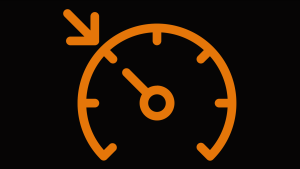
Truck capped at selected speed; press accelerator firmly or toggle switch to override.
Auto Start-Stop

Engine paused at idle to save fuel; restarts automatically on pedal lift.
Parking Lights

Side and tail lamps on for dusk or parking.
Hill Descent Control Active

System holding steady downhill speed; steer carefully.
When looking at Ford, make sure to check out our guides on models like the Ford Windstar, Ford Freestar, Ford Tourneo, and Ford Ecosport. Understanding dashboard warning lights is essential. Our expert reviews break down what each light means, highlighting common alerts for these models and what they could signal about underlying issues, so you’re never left guessing behind the wheel.

